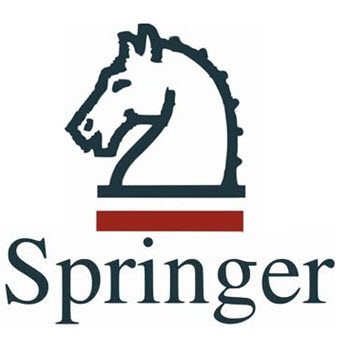Abstract
Integration between different components of the food system would foster achieving food and nutrition security as a key pillar of sustainable development. Significant improvement has been made in the field of food and nutrition security as well as in institutionalizing integration in food and agriculture, nutrition and health policymaking to achieve sustainable development in the Iranian context, however, the sectors are still operating somewhat in isolation from one another while this is in sharp contrast with the integrative nature of the Sustainable Development Goals (SDGs). The aim of this study was to draw a comprehensive picture of the journey from coordination to integration and in institutionalizing food and nutrition security and its policymaking within the framework of national development in Iran. In this study, 43 multi-lateral upstream documents in food and agriculture, nutrition and health sectors were analyzed using a deductive document analysis method. Three series of data coding were performed, including (a) exploring the direct and indirect components of agriculture, food, nutrition and health systems, (b) exploring the policy integration based on processual policy integration framework and (c) Exploring the alignment state of policy components with the SDGs. Our study showed that despite implementing several multi-lateral interventions, and in some cases integrated policies, food and nutrition insecurity are still critical concerns. The study affirms that although remarkable improvements in food and nutrition policy-making and institutional capacity development have been realized, the country’s journey from the “nutrition sciences” to “food and nutrition policy” has not ended yet and integration in food and nutrition policymaking is yet to be achieved in the country. To effectively address the issue, multi-sectoral representation in joint work should be transformed into inter-sectoral integration based on interdisciplinary and inter-sectoral research at policy and integrated operational agenda for all sectors involved. In this process, participation of civil society, women, the private sector and the industry should be well recognized and encouraged.



No responses yet